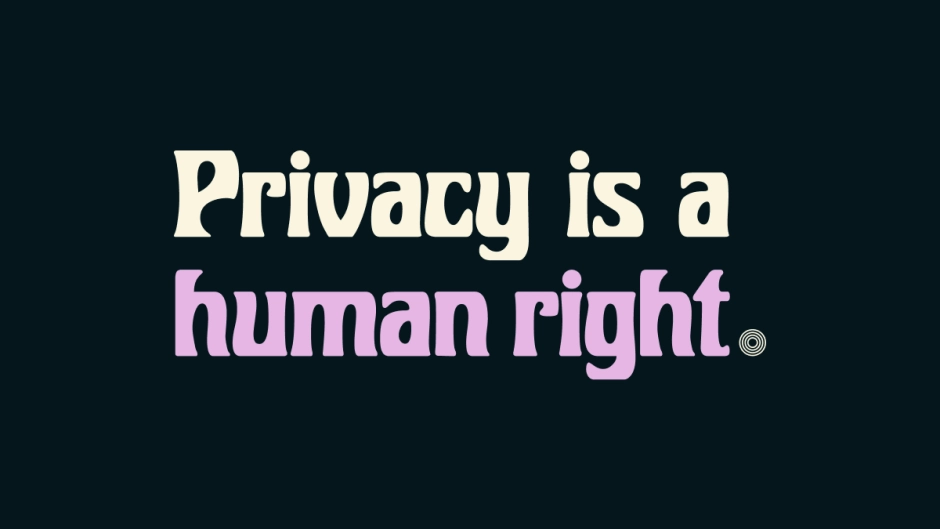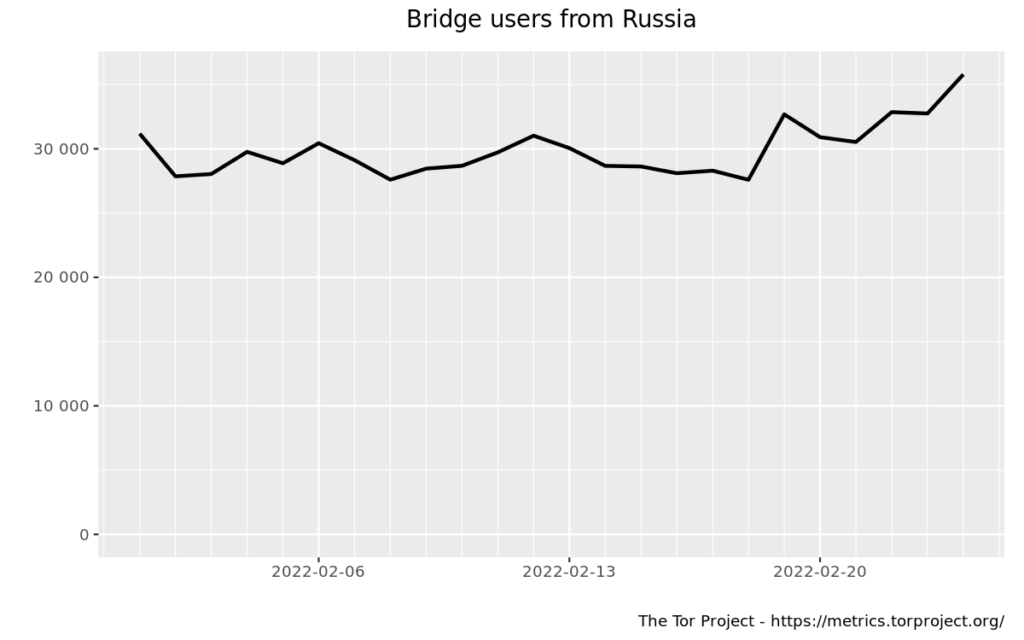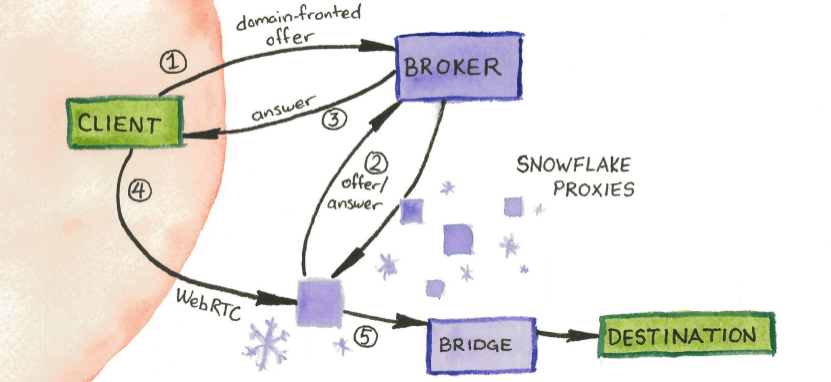
The situation in Ukraine is unsettling, and requires the world to step in and help on every front. Whether you do your part and help with donations, use your cybersecurity skills or attending & staging protests, anything helps.
In response to the invasion of Ukraine by the Russian military, we have expanded our operations on the Tor network.
What exactly does this do, and how does it help, you might ask?
Tor is a network of virtual tunnels that allows you to improve your privacy and security on the Internet. Tor works by sending your traffic through three random servers (also known as relays) in the Tor network. The last relay in the circuit (the exit relay) then sends the traffic out onto the public Internet.
Source: https://tb-manual.torproject.org/about/
This makes Tor critical infrastructure to those living in oppressive countries. Without Tor, they can’t access many sites and services that provide views that their governments don’t want them to see.
While Tor is accessible in Ukraine (despite internet outages), and not being actively blocked, it is not the same in Russia. There are many Russians who do not agree with the decision to invade Ukraine, and they have been staging protests across Russia. As such, it’s very important that Russian protestors have a way to access the uncensored internet. For many years, Roskomnadzor, a Russian agency focused on censoring and controlling the media Russian’s consume, has been cutting Russians off from websites and services they deem unpalatable. Right now, Tor is blocked in Russia, and we want to help unblock it through anti-censorship Tor bridges. Everyone should have access to an uncensored internet.
How specifically are we helping combat this now?
Well, since the start of the invasion we’ve deployed 5 additional Tor bridges (our focus), and 4 exit relays. Our Tor bridges were deployed in strategic locations, close to but outside of Russia, for optimal latency.
What exactly are Tor bridges?
Tor bridges are the first hop onto the Tor network for many users in countries enforcing internet censorship. They use obfuscation to disguise Tor traffic to and from a user, & make it look unsuspicious to would-be snoopers looking to block connections to the Tor network.
Since the deployment of our Tor bridges, we’ve seen high usage across the board. This doesn’t surprise us, as Tor usage has been spiking in Ukraine, and bridge usage is up in Russia.

Since the invasion of Ukraine on February 24th to now (Feb 27th), our own metrics show that we have pushed over 100 TB of symmetrical traffic to and from the Tor network via all of our Tor relays and bridges.

How can you help?
You might be wondering, how can I help this effort to provide uncensored internet access. Well, it’s quite simple actually, and you don’t need to be tech-savvy at all. You can install Tor’s Snowflake browser add-on which helps censored users access the Tor network.
https://snowflake.torproject.org/

Additionally, you can donate to Unredacted. We will use any funds during the conflict to spin up new Tor bridges and expand our Tor footprint to help those experiencing internet censorship.
Donate here: unredacted.org/donate
You can also see the real world impact of your funding here (although Tor bridges produce much less traffic than other relay types): https://grafana.unredacted.net/d/ce-tor-bridges/unredacted-tor-bridge-metrics?orgId=1
We wish the best for the people of Ukraine and Russia alike.
Найкращі побажання
Zach